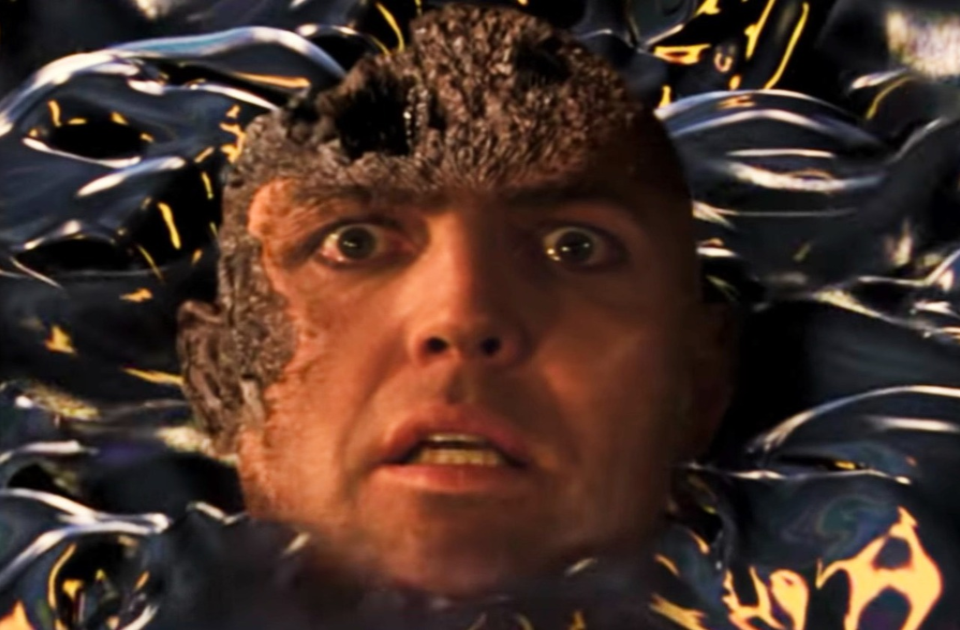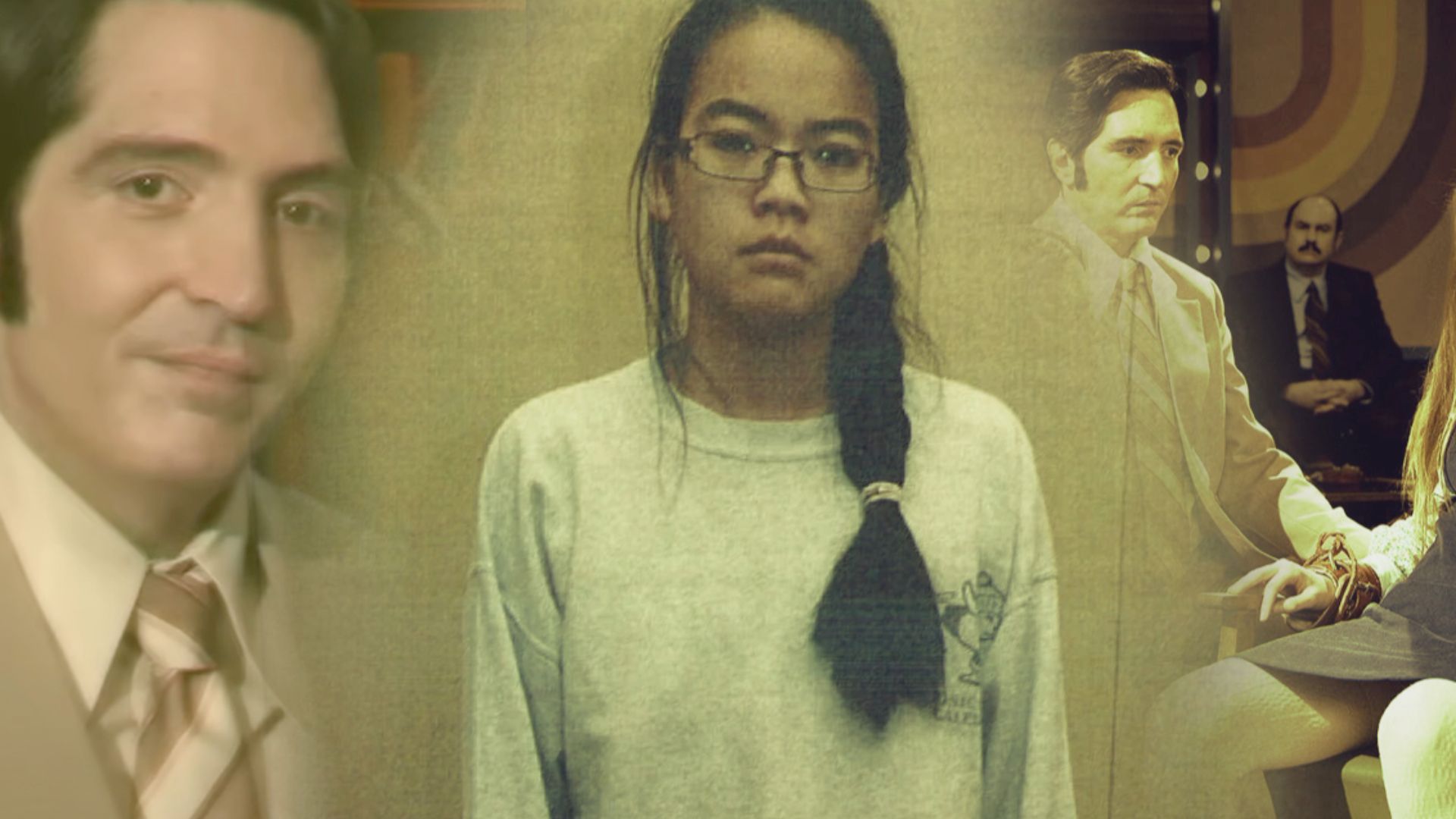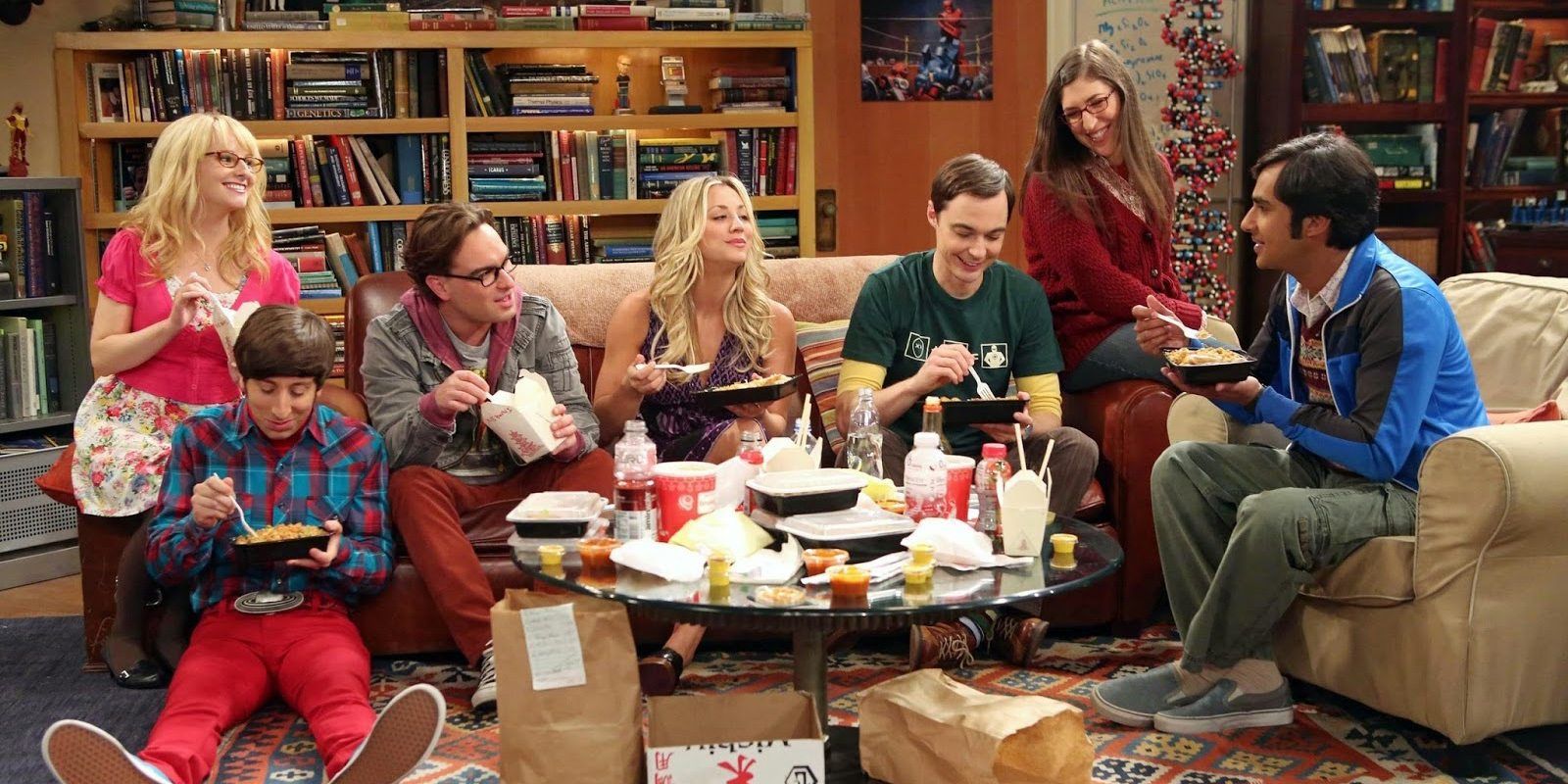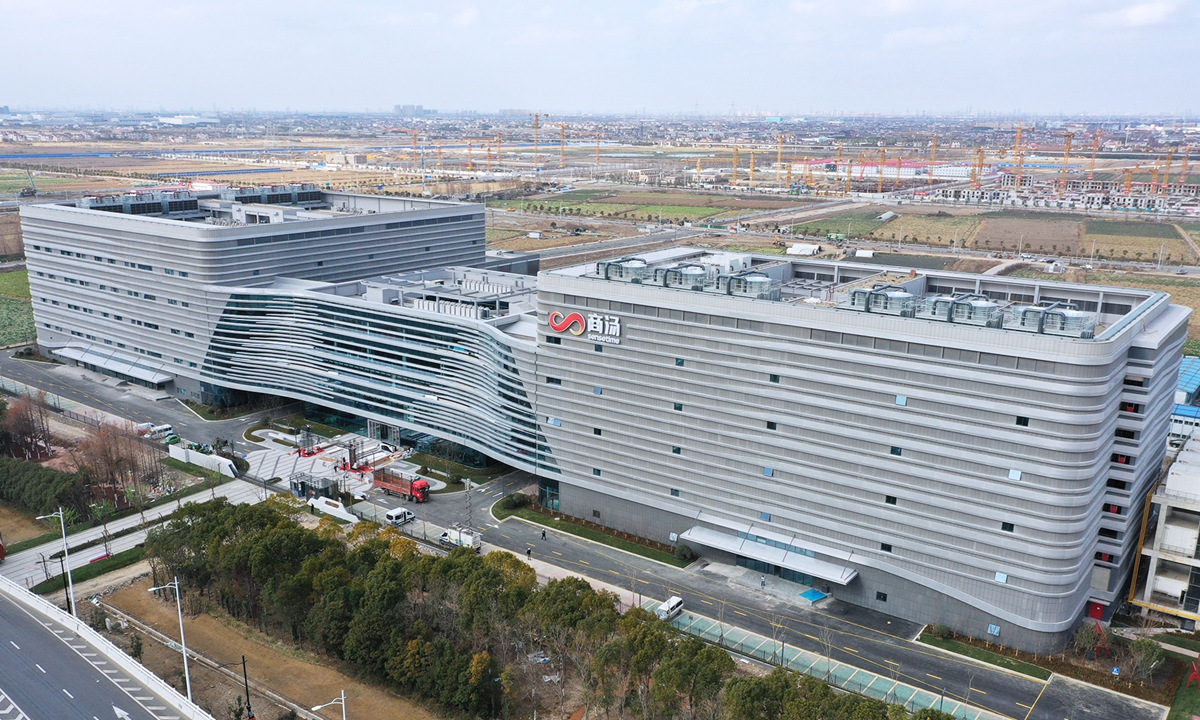Summary
- The controversy surrounding AI in filmmaking is increasing, leading to backlash from audiences who feel deceived by AI-generated content.
- As technology advances, the blurred line between AI-generated and human-created content raises ethical concerns in the film industry.
- Despite the convenience and cost-saving benefits AI offers, filmmakers are finding that audiences are not accepting of AI-generated elements in movies.
The leaps in technological resources in Hollywood are typically well-received. Industrial Light & Magic revolutionized the industry with their methods to accomplish state-of-the-art special effects. When visual effects were advanced enough, they even got a special category, which is still active at the Academy Awards. Technology isn’t usually seen as a threat to auteurs and their craftsmanship, but there’s still a place for discussion regarding films that feel like “too much filling but no substance.” There’s a limit, and when some films cross it, which has happened in 2024, the reception isn’t very positive.
Nevertheless, the controversy surrounding AI (artificial intelligence and all technology using it) is on another level. When ChatGPT stood at the center of the controversy a couple of years ago, little did we know cheating on tests was the least of our problems. The technology went ahead and installed itself on just about every medium. Today, there’s art made by AI, and wherever you stand on this subject, there’s a guarantee that the use of AI makes people talk.
From an artistic point of view, the clearest example of the controversy surrounding AI came out in the open when studios toyed with the idea of having machines write stories that they would then adapt into films and TV shows. Regardless of the effectiveness of such stories, this approach terrified everyone, both in the industry and outside, and this became an important issue during the SAG-AFTRA strike that shook the entire world recently. Writers were not going to take it.
But in recent days, we’ve seen some examples of AI still being used as a filmmaking component. From altering important images to helping in the marketing department, AI has been used as an enhancer in recent films and TV shows that have been met with extreme backlash. Let’s look at why, despite the perceived benefits of AI, it’s one of the most controversial subjects in today’s industry of films and television.
AI Is Far From Popular, So Why Do Filmmakers Keep Using It?
The mere idea of AI completely replacing part of the crew behind the making of a movie has been met with absolute rejection. Filmmakers who support it don’t have enough arguments (aside from the obvious “let’s make a movie with fewer people”), and audiences (for the most part) are still able to recognize whenever AI is being used.
One great example of this controversy is the recent horror film Late Night With the Devil. Projected as a potentially scary indie horror film, in which many companies participated, the movie was a possession film that utilized ’70s nostalgia to present a stylishly accurate movie. In the movie, all hell breaks loose, and footage from the cameras captures the moment late-night show host Jack Delroy witnesses the wrath of a demon. Starring David Dastmalchian, the film seemed to intrigue audiences. However, the revelation of AI-generated content in the movie came as a shock and may have led to some potential viewers skipping the film.
Related
The 10 Greatest Special and Visual Effects Sequences in James Cameron’s Movies
James Cameron’s ability for visual and special effects remains the best in the film industry. These are the best effects sequences in his catalog.
Regardless, when audiences found out the movie contained AI art, they were furious enough to boycott the film altogether, according to Yahoo. The question remains of how much money a production could save by using AI or whether the filmmakers truly believed the “AI aesthetic” fit with the film’s tone.
Every “mistake” should work as a cautionary experience for everyone. In this case, there was a lesson to be learned, and unfortunately, it cost a very good film the appreciation it deserves. Hopefully, someone learned a lesson, though it seems entirely avoiding AI in the future of Hollywood may be near impossible.
Movie Budgets Continue to Rise
AI will continue to be controversial in all facets of life as companies look to replace workers with the tool to cut costs wherever possible as film budgets continue to rise, with many blockbusters reaching over $200 million just for production. Using the newly developed technology, movie studios can eliminate the need for additional artists in the crew and cut down the time needed to create “original” content.
The problem is that a cheaper film doesn’t mean it will be as good. However, if cost reduction is essential and AI can substitute the resources you must relinquish, it’s likely the best course of action. However, now studios are left with another problem. As seen with Late Night with the Devil, audiences may boycott a film once they see that AI was used in any instance. The best thing they can do is try and hide it, which could lead to even more controversy. In an interview with IndieWire, the directors for Late Night With the Devil said the following:
“In conjunction with our amazing graphics and production design team, all of whom worked tirelessly to give this film the ’70s aesthetic we had always imagined, we experimented with AI for three still images, which we edited further and ultimately appear as very brief interstitials in the film.”
For indie features, trying to make a film for less money makes sense. But how are big studios and corporations participating in this abhorrent practice? How much do they think will be saved? Sure, a machine won’t form a union, ask for a raise, or complain about contract terms, but it also won’t deliver an authentic product.
A similar issue has been raised following the release of A24’s Civil War. Promotional posters were released as the film hit theaters, and audiences immediately began to accuse A24 of using AI. Coming from A24, a studio that is usually praised by audiences, the move clearly did not go over well.
AI Has Seen Mixed Results
Even if filmmakers and showrunners want to use AI art in films and TV shows to achieve a specific aesthetic, it’s still ethically questionable. Not to mention that it often doesn’t look good. The interstitials in Late Night with the Devil, while reflecting a ’70s aesthetic, could have looked even better with a human creating them. The credits in Disney’s Secret Invasion, while somewhat reflecting the themes of the series, still look poor and should never have been approved. The latest, and arguably the worst, controversy revolves around a Netflix documentary film by the name of What Jennifer Did. In the film, viewers find that the main subject appears in a photograph that looks altered. “Messy fingers” is an understatement, yet Netflix still hasn’t clarified anything regarding the image.
 Related
Related
10 Movies That Hit the Big Screen with Unfinished Special Effects
“How could you?!” This is what these movies’ filmmakers were shouting when their project was taken from them and released before completion.
This means that technology, as great as it sounds and as much as it advances (and learns) every day, still hasn’t arrived at the proper checkpoint. It still can’t replicate reality or images created by human hands. The best outcome would be for studios to see the backlash to these various projects and decide that the risk of using AI-generated images and videos is just too high.
AI Seemingly Doesn’t Work in Movies and TV Shows. But Will It?
Should we be afraid of AI and the exponential growth of technology? This discussion doesn’t provide a definitive answer to this important question. AI won’t replace the art filmmakers are able to offer, but perhaps that’s not where we should look. The problem seems to lie elsewhere, in consuming content that’s heavily manipulated by a machine, with studios hoping audiences won’t notice as they cut costs and jobs.
Unfortunately, as technology continues to advance, it may become incredibly difficult to tell the difference between AI-generated images and human ones, even if they can’t reach the creative level of a real worker. Indeed, technology seems to be going down that road. AI will, of course, continue to be controversial in films and TV shows, but without mass boycotts, the likelihood of Hollywood studios completely abandoning the tool seems highly unlikely.
Anything that makes your job easier should be well-received. But when it replaces a job entirely, there is cause for concern. Studios may say that artists are still needed to perfect whatever is created by AI. However, there is no telling how long that will last, and some companies will surely cut out the extra employees the first chance they get.
But in the artistic industry, this calls for a deeper analysis. Computers and technology are still obviously tools used by every department involved in making a movie. However, relying on a machine to generate content is unnecessary. Artists can’t be replaced by machines for the simple reason that machines can’t feel. No matter how much of an emotional landscape you feed into a computing robot, its feedback will be based on calculations. And art shouldn’t come from something so… cold.




